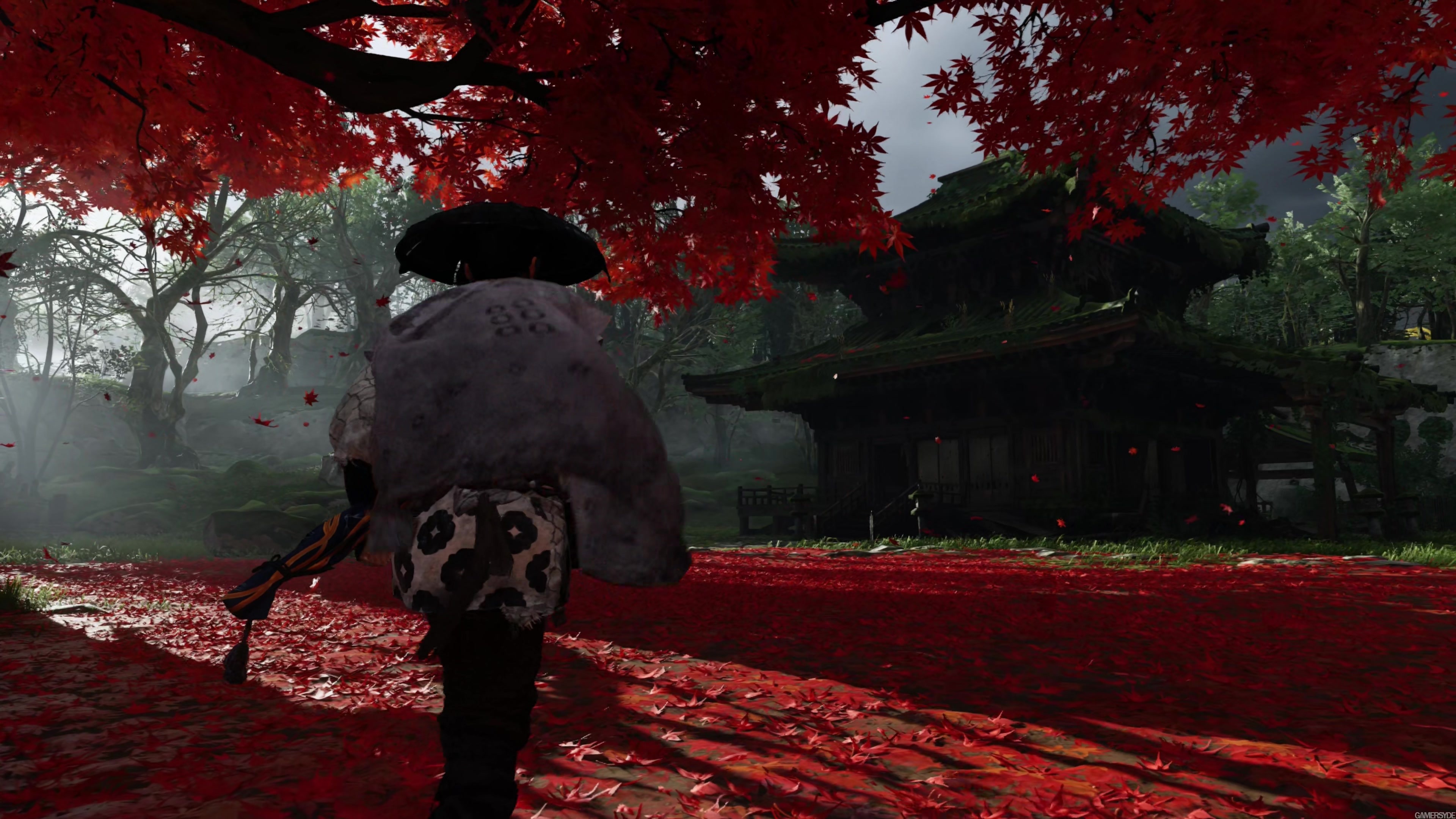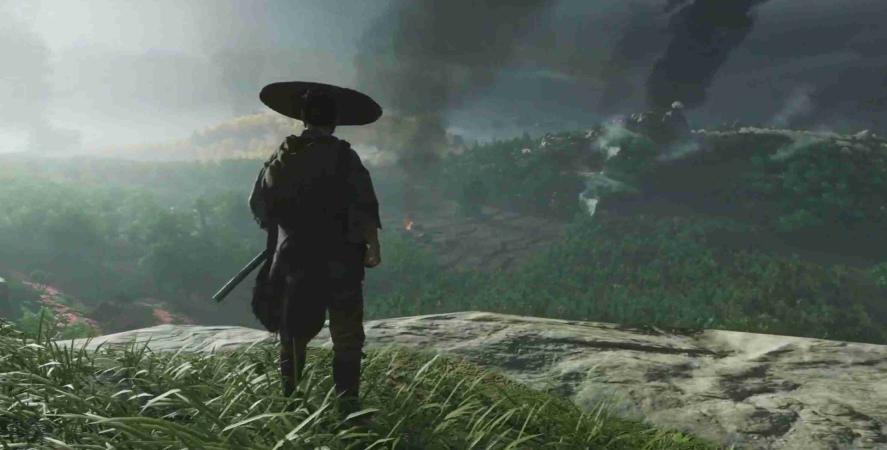

During the main quest “The Tale of Lady Masako,” you’ll need to travel to the Golden Temple in the first region. You can get the Samurai Clan Armor right away, however, and you should. You’ll earn other armor sets throughout the main story, though the majority of them come from Mythic Tales. It will also send some pulses through your controller when you’re near a collectible. The Traveler’s Attire is more useful, allowing you to track collectibles with the Guiding Wind as described in our first tip. The Broken Armor is, well, broken, and is basically useless as such. Right away, you’ll have access to Broken Armor and Traveler’s Attire. There are 11 sets of armor in Ghost of Tsushima, and each set offers more than just a cosmetic difference. Running around the battlefield and taking out the stragglers is a quick and easy way to earn back any spent Resolve.
Ghost of tsushima theme full#
Defeating an enemy in this way will give you a full bar of Resolve, and in some battles, you’ll have a handful of enemies waiting to see the other side. If you go up to them, you’ll see a button prompt to “end suffering.” Brutal as it is, you should always finish the job. As you’re taking down mobs of enemies, a few, deeply wounded, will start to crawl away. This is a small tip but an important one. If you successfully defeat your opponent during a standoff, you’ll earn all of your Resolve back, giving you plenty to work with throughout the rest of your battle. If you’re about to enter a large battle, though, you’ll need a big boost to your Resolve quickly, and that’s where standoffs come in. There are two main ways to earn Resolve: Parrying attacks and killing enemies. The important thing to remember is that your Resolve doesn’t passively fill up. In most cases, though, you’ll use Resolve to heal, similar to the Focus bar in Marvel’s Spider-Man.

You can use Resolve for a few different things, including the powerful, unblockable Heavenly Strike attack. In place of stamina, you have a Resolve meter. Balance your ResolveĪlthough the wind navigation is Ghost of Tsushima is a standout feature, it’s not the only innovation in the game.

In short, if you see something that’s standing out in the environment, you should investigate it. For example, fireflies will circle around fox dens, while butterflies will hang around haiku spots. Follow the wind first, but if you see a yellow bird, it’s always a good idea to break course and see what they’re directing you toward.Īlthough yellow birds are the key way to find areas of interest on the island of Tsushima, there are other cues from nature you should pay attention to.

Yellow birds will lead you toward bamboo strikes, pillars of honor, shrines, hot springs, and just about every other point of interest on the map. As you’re traveling, you’ll come across large yellow birds that’ll fly down in front of you. Wind isn’t the only guiding force in Ghost of Tsushima. Basically, if you don’t know what to do next in Ghost of Tsushima, set the wind in a direction you haven’t explored and start riding. As long as you have the Traveler’s Attire equipped, you’ll remove a good chunk of the Fog of War as you go, revealing undiscovered locations and points of interest on your map. You can invest some of your points into tracking other collectible locations like fox dens and hot springs, too.Įven if you don’t have a specific goal, it’s best to set the wind to guide you toward a quest far away that you eventually want to do. Out of the gate, you can set the wind to track undiscovered collectibles, those being records, artifacts, banners, and singing crickets. In place of waypoint markers or a mini-map, the wind will guide you to a destination you set on the full map. Ghost of Tsushima‘s big innovation on the open-world formula is, of course, the Guiding Wind. PlayStation games we want to see on PS5.


 0 kommentar(er)
0 kommentar(er)
